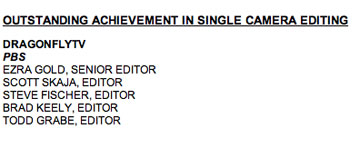Saul Hansell in a NY Times article reports that the Associated Press is reacting to what the AP considers excesses quoting by bloggers and is attempting to set guidelines.
The Times article states:
Last week, The A.P. took an unusually strict position against quotation of its work, sending a letter to the Drudge Retort asking it to remove seven items that contained quotations from A.P. articles ranging from 39 to 79 words.
It did occur to me that the quote I provide above may be an example of the violation described. Hmm …
As the article indicates, Fair Use is a “vague doctrine.” My own understanding has been that assumptions about fair use that educators typically understand do not extend to web publication (e.g., blog entries). As I tell my students, the existence of the TEACH act (UTSystem summary) argues that Congress saw the need to address fair use in the online environment and did so under restrictions limiting online access to students in a course and behind a sign-in system. What you commonly see online does not involve a course or a limited audience.
I am not certain the use of brief quotes would even be a “fair use” issue. If the Times analysis provides all necessary details, the use of short quotes in the writing of all professional writers would be suspect. I am guessing more on this issue will follow.
(my extended comments on the TEACH act, text of TEACH act)
Related post from BuzzMachine.
![]()


